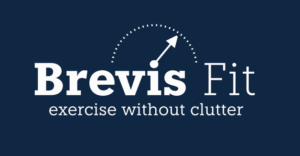Introduction
Getting in shape doesn’t have to mean sacrificing hours at the gym. You can get fit with convenient, effective workouts at your office or in your living room. While our homes might not offer various equipment, we can still progress significantly using body weight movements and some tools lying around the corner. If you focus on muscular fatigue and are diligent about safety, you can boost your health and longevity with only 20 minutes of exercise per week. And you can do all those in the comfort of your home or office.
Get into the right frame of mind about Exercise
In the fitness industry, we can observe a shift in the exercise culture. Instead of focusing on the essential aspect of Exercise – muscular fatigue, workout classes, apps, and new equipment, try to include secondary activities. For instance, listening to music, watching TV, competing with friends, socializing, and even doing your job, while you are physically active. This is, however, very inefficient and potentially dangerous. Exercise is, namely, an exact activity. It focuses on improving your health, which comes from improving muscle quality. Specific protocols and guidelines are required and should be focused on during Exercise. By simultaneously doing other activities, you ensure your workout is lower quality by diluting your focus and intention. This leads to lower intensity and safety.
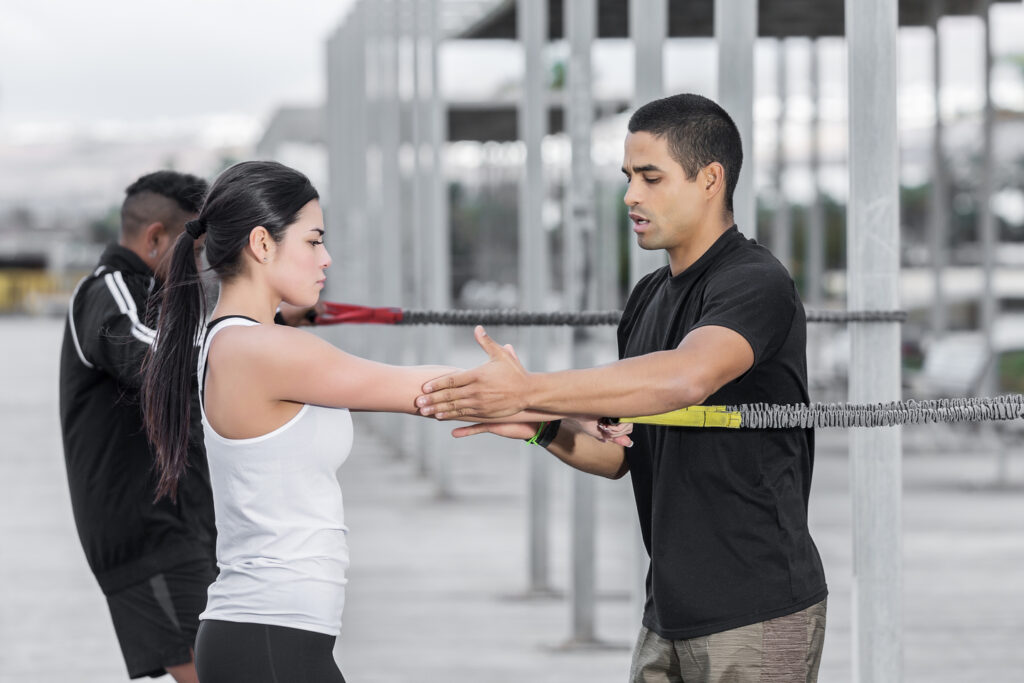
Exercise is about creating muscular fatigue
When we talk about Exercise, we talk about a specific type of physical activity [1], [2]. This activity involves detailed protocols and principles. These aim to reach deep levels of muscular fatigue time-efficiently and safely. This is, in essence, the true purpose of Exercise [2].
Exercise is perfect for home or the office
Exercise does not involve jumping around, screaming, balancing acts, or smashing weights. Exercise is quite the opposite of that. The movements are performed slowly, methodically, and under full control. It is more about leveraging resistance placed on muscles than demonstrating your skill and strength. This helps create deep muscular fatigue, which is essential for stimulating progress. What tool you use in that regard is irrelevant. For that reason, doing Exercise at home doesn’t compromise its purpose, and in some cases might lead to better results. It all depends on your effort and the attention to safety.
Assure safety
We already understand that Exercise is based on controlled and slow movements. Still, there will always be a risk of accidents or injuries when performing any kind of physical activity. These can, however, be drastically reduced by following the core tenants of correct Exercise [3]. Suffering injuries, namely, defeats the purpose of Exercise and reduces your quality of life. For that reason, safety should take precedence over any other aspect of Exercise, such as intensity and level of fatigue [3]. Before starting a routine, prior knowledge, expert opinion, or individual guidance is advised.
Have a clean Exercise area
We advise you to have a dedicated room where you Exercise. However, it is not a requirement. The most efficient exercises can be standing on the ground, sitting on a chair, or lying on the floor. Only a little space is required in that regard. But, ensure that the space you plan to use is devoid of any objects that can compromise your ability to move. Ensure the area is clean, that you stand, sit or lie on stable surfaces, and that your limbs can move freely.
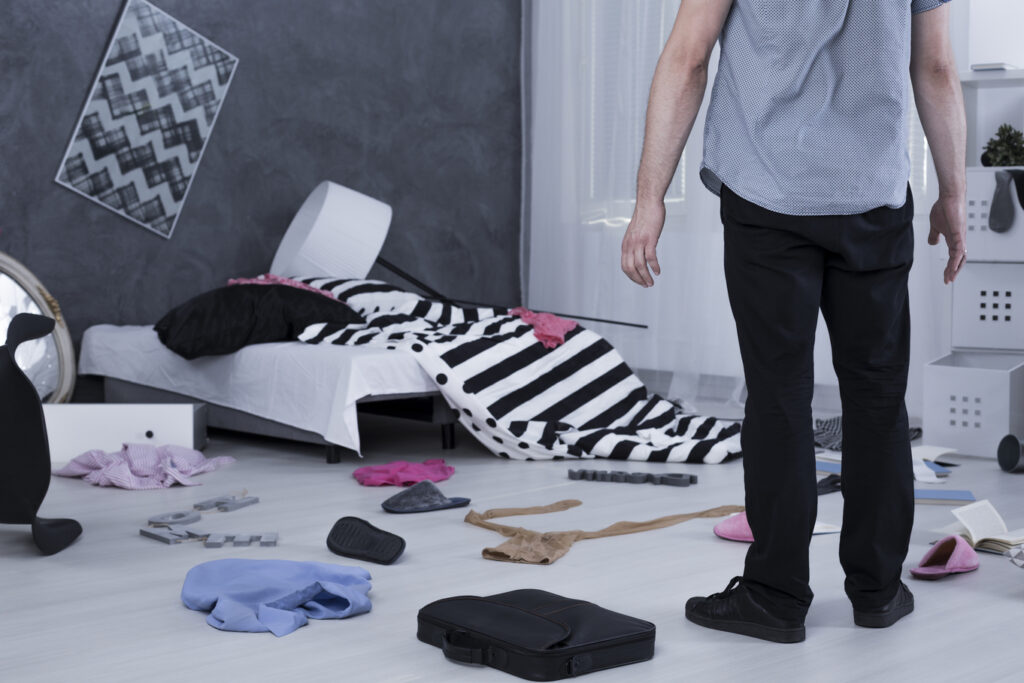
Have appropriate attire
Exercise is a systematic, slow-paced, and controlled form of physical activity. In that regard, it should rarely make us sweat, especially since it does not involve fast, jerky, and random movements. With good air conditioning, you can even perform Exercise in your work attire. Shorts are, however, advised to allow more freedom of movement around the hips. If you exercise in your office and wear a necktie, we recommend taking it off to avoid breathing restrictions. Still, you don’t need to wear a track suit to the office, so you can do an effective workout. While not needed, we also do recommend exercising barefoot. This will improve your ability to distribute the pressure on your feet [4] correctly.
Reduce environmental noise and focus on your body
When exercising, we need to place our focus on the activity. Anything that disrupts our focus can reduce the intensity of effort and reduces safety. With Exercise, we place a very high demand on our muscles. Hence, total control of our movement, body position, and joint angles must be paramount. This is that much more important when exercising without an instructor. Make sure to have an uninterrupted session when you perform your Workout routine. Second, avoid loud and upbeat music or watching videos during the workout. Finally, remove the phone from your sight. Please put it in silent mode to avoid interrupting you when you use it to measure or record your performance. Fewer distractions will make you more focused on your body, movement, posture, and physiological signs of fatigue.

Exercise on a stable surface
When you exercise at home, minimize the complexity of your exercise to avoid injuries. One of the complexity is exercise stability. You should exercise on stable ground and avoid using unstable surfaces. Examples of such are BOSU balls and stability boards. These increase the chances of accidents due to the increased difficulty of maintaining a stable posture. Exercising in such a way makes it more likely, that you place too much force on muscles not designed to overcome high-force demands. And contrary to popular belief, exercising on unstable surfaces doesn’t offer benefits on strength improvements of the trunk muscles compared to basic multi-joint movements, like squats and deadlifts [4].
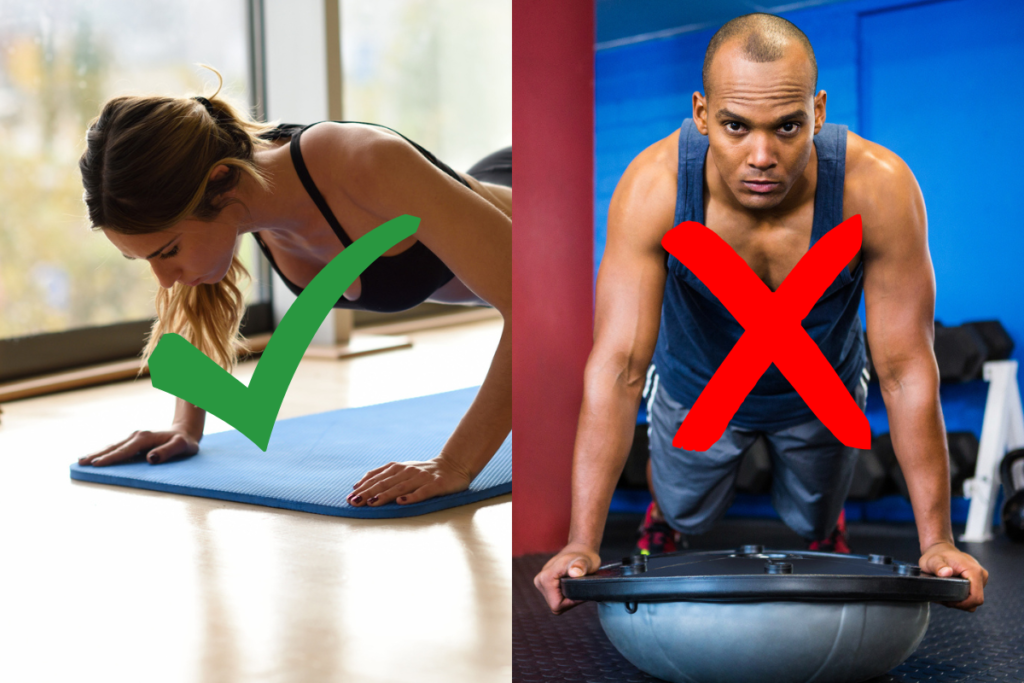
Avoid uni-lateral movements
Unilateral movements are movements where only one side or limb is moving. Examples are single-leg squats, single-arm shoulder presses, single-arm bicep curls, one-arm rows, etc.
In contrast, we have bilateral movements, such as squats, rows, and shoulder presses. There are two main issues regarding uni-lateral movements:
- at least 2x lower time efficiency and
- misaligned pelvic tilt due to uneven weight distribution. (this can lead to lower back, hips, or knee injuries.)
Thus, we advise against performing unilateral movements.
Focus on muscular fatigue
No matter where you Exercise, the main focus should be muscular fatigue (once safety is considered). We focus on muscular fatigue due to its relationship to building muscular adaptations. Muscular adaptations can come in different forms, such as muscle mass gain, improved muscle fiber quality, oxygen utilization, and neuronal efficiency. Improvements in any aspect lead to a muscle producing higher contractile force, which coins the term muscular quality. And all these mechanisms are involved and improved to a degree (genetically biased) when we focus on establishing a deep level of muscular fatigue. This is achieved by performing Exercises with challenging resistance and seeking the point of momentary muscular failure.
While exercising, do not worry about your performance too much. Have a timer or a stopwatch in order to measure your total time under muscular tension or count repetitions. But do not strive for a particular performance and avoid having a target such as a particular number of repetitions. Focus more on fatiguing muscles. Seek that vigorously until you reach the point of muscular failure [5]. The performance boost will follow as a result of fatiguing the muscle.
Follow the steps below to reach fatigue faster and safer:
- avoid breaks during a set,
- avoid easier parts of the range of motion and
- move slowly and under control.
Move slowly or not at all
One interesting fact about muscular contractions is the force velocity curve. The curve describes how the generated muscular force is influenced by the speed of movement. In order to move our limbs, we need to shorten or lengthen our muscles. For this, our muscles need to generate force. On the level of the muscle fibers, the shortening happens through interactions of protein structures called myosin and actin. These two structure proteins bind to create cross-bridges. The binding allows them to slide past each other, leading to a shortening of the muscle, hence movement. The process of forming cross-bridges is however compromised when moving fast, since there is less time to bind with each other. Because of that, the internal forces generated through binding is smaller as well [6]. For that reason, it is beneficial to perform exercises in a safe and controlled manner. Usually, it means moving at a speed that allows you to complete a repetition in 10 to 20 seconds.
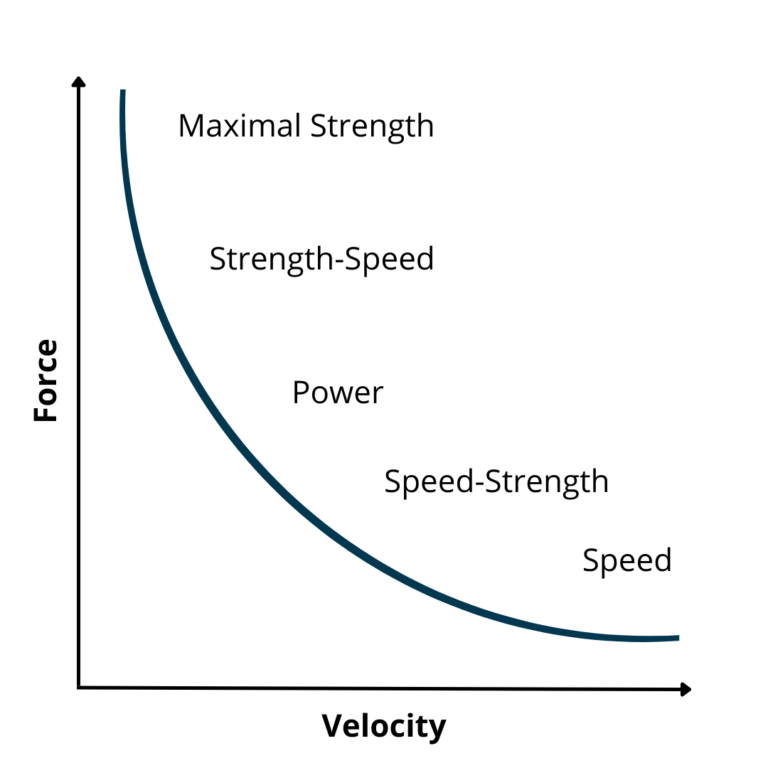
Use help and get a personal trainer.
If you’re serious about staying in shape, having a personal trainer can greatly benefit you. Working with one can give you personalized feedback. A personal trainer’s motivation is essential to getting results. They will customize your workouts based on your goals. They will help you make better nutritional choices and keep you accountable. Many trainers offer online or Skype sessions for extra support and convenience. They do it so you can still get one-on-one advice even when life gets busy! The best case is to have a personal trainer present so that they can give immediate and hands-on feedback. But, with online personal trainers, you enjoy the flexibility of performing workouts at your place of choice. And you can also connect to professionals worldwide [7].
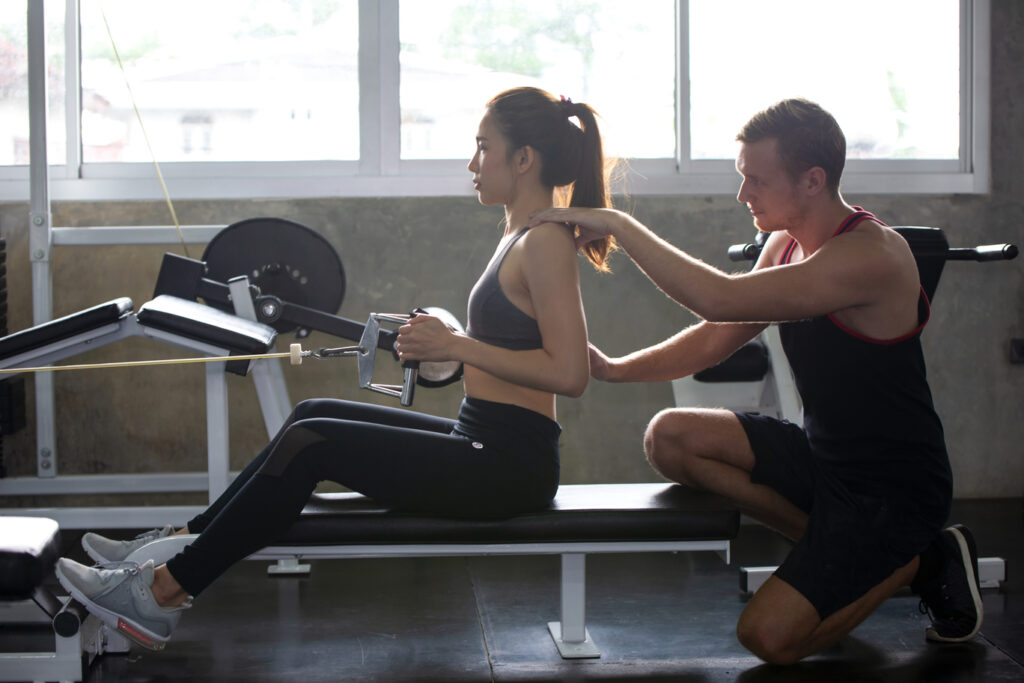
Literature
[1] S. Knez, “Defining Exercise: The Intensity – Safety Quadrant,” BrevisFit, Jan. 18, 2021. https://brevis-fit.com/the-intensity-safety-quadrant/ (accessed May 30, 2021).
[2] S. Knez, “The Purpose Of Exercise,” BrevisFit, Dec. 12, 2020. https://brevis-fit.com/the-purpose-of-exercise/ (accessed Apr. 24, 2021).
[3] S. Knez, “Exercise form – Guide for Safety and Efficiency,” BrevisFit, May 07, 2022. https://brevis-fit.com/exercise-form-guide-for-safety-and-efficiency/ (accessed May 09, 2022).
[4] J. L. Nuzzo, G. O. McCaulley, P. Cormie, M. J. Cavill, and J. M. McBride, “Trunk Muscle Activity During Stability Ball and Free Weight Exercises,” J. Strength Cond. Res., vol. 22, no. 1, p. 95, Jan. 2008, doi: 10.1519/JSC.0b013e31815ef8cd.
[5] S. Knez, “Find out, if you Exercise or only lift weights,” BrevisFit, Jan. 07, 2022. https://brevis-fit.com/weight-lifting-or-exercise-which-do-you-do/ (accessed Mar. 27, 2022).
[6] T. L. Wickiewicz, R. R. Roy, P. L. Powell, J. J. Perrine, and V. R. Edgerton, “Muscle architecture and force-velocity relationships in humans,” J. Appl. Physiol., vol. 57, no. 2, pp. 435–443, Aug. 1984, doi: 10.1152/jappl.1984.57.2.435.
[7] S. Knez, “5 Reasons Online Personal Training saves you time and money,” BrevisFit, Sep. 03, 2022. https://brevis-fit.com/5-reasons-online-personal-training-saves-you-time-and-money/ (accessed Sep. 11, 2022).

